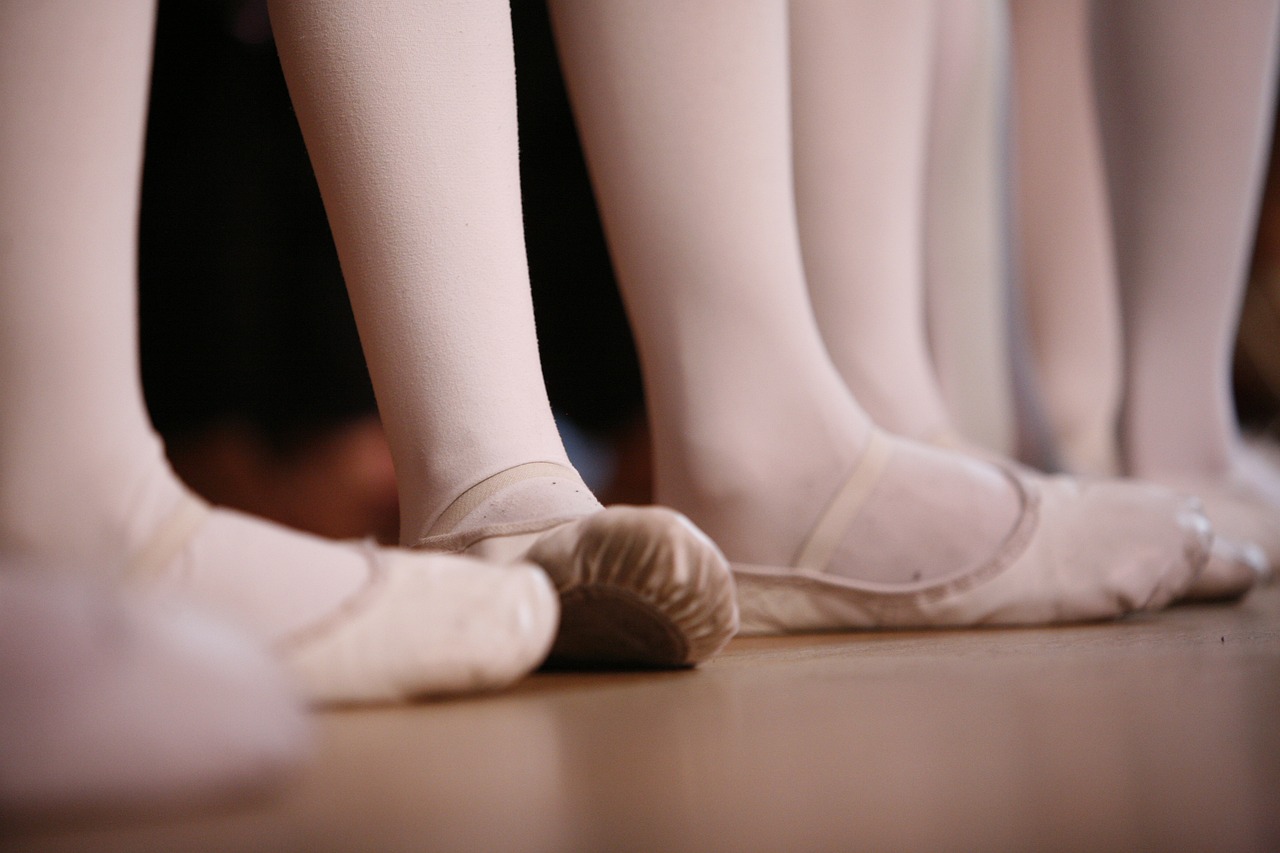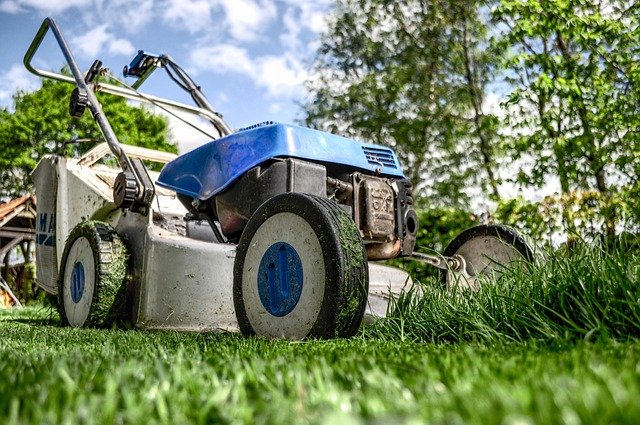Progress tracking and goal setting for sustained skill development
Progress tracking and goal setting are essential for sustained skill development in dance. Whether you are building basic movement patterns or polishing choreography and technique, clear, measurable milestones help dancers and instructors see steady improvement. This article describes practical goal-setting methods, tracking tools, and rehearsal habits that support long-term growth across styles such as ballet, salsa, hiphop, ballroom, contemporary, and jazz.

How does movement connect to technique?
Movement and technique are closely linked: movement is the expression, technique is the reliable framework that supports it. When tracking progress, break a complex phrase into technical elements—alignment, joint isolation, weight shifts, and timing—and set weekly micro-goals to improve each element. Use video to compare repetitions, maintain a practice log noting counts and corrections, and score yourself on repeatability. Small, specific targets (for example improving 90-degree turnout support or reducing wobble on a single turn) create objective markers that make movement improvements measurable and sustainable.
How can choreography improve musicality?
Choreography is a practical laboratory for musicality. Rather than practicing steps alone, work on phrasing, accents, and timing within the choreography to strengthen musical understanding. Set goals like identifying phrase changes within a song, accenting syncopations accurately, or matching breath and motion on a repeated sequence. Recordings of rehearsals let you analyze how movement aligns with beats and melodic changes. Consistent, focused runs with deliberate listening will sharpen musical responsiveness and make performance timing more reliable across different pieces.
How do ballet and contemporary training differ?
Ballet emphasizes structured technique—turnout, line, and precision—while contemporary often prioritizes fluidity, release, and creative use of weight. Both styles benefit from goal setting but may use different metrics. For ballet, measurable goals might include increased extension height or improved articulation on specific steps; for contemporary, objectives might focus on control in transitions, use of momentum, or versatility in movement quality. Cross-training between these approaches can expand a dancer’s toolkit; tracking progress in both frameworks gives a fuller picture of technical range and artistic adaptability.
How do salsa, hiphop, and jazz build rhythm?
Styles like salsa, hiphop, and jazz each approach rhythm and phrasing differently, and tracking should reflect those differences. Salsa often relies on precise foot patterns and partner timing; hiphop emphasizes groove, isolation, and syncopation; jazz blends technique with stylistic accents. Create rhythm-specific goals such as improving foot-speed accuracy, internalizing clave patterns, or nailing syncopated accents at measured tempos. Metronome practice, clapping counts, and slow-to-fast drilling are practical tracking tools that reveal steady improvements in timing and rhythmic confidence.
How does improvisation support performance?
Improvisation trains responsiveness and musicality in ways that set choreography cannot. Set goals related to improvisation—like sustaining a coherent phrase for 30 seconds, responding to a musical cue, or exploring a restricted range of motion—and log outcomes after each session. Regular improvisation sessions build decision-making skills, stage presence, and adaptability, which transfer to prepared performance. Reviewing recordings of improvised work highlights recurring choices, strengths, and areas for exploration, and helps shape targeted technical or expressive goals for future rehearsals.
What role does the studio play in development?
The studio environment shapes how goals are set and tracked. Reliable studio time, structured classes, and feedback from instructors create consistency. Use studio tools—mirrors, barres, floor markings, partner work and video playback—to document rehearsals and compare progress over weeks. Maintain a visible goal board or digital tracker that lists short-term drills and long-term milestones, and schedule periodic assessments to measure endurance, technique, and performance readiness. Including cross-training, conditioning, and rehearsal scheduling in the studio plan helps prevent stagnation and supports steady advancement.
Progress tracking and goal setting in dance are practical habits rather than abstract ideals. By defining specific, measurable goals tailored to movement, choreography, technique, rhythm, and musicality, dancers can observe real improvements. Regular recording, reflective review, and adjusted practice plans maintain momentum across styles—from ballet and contemporary to salsa, hiphop, ballroom, and jazz. Over time, clear tracking turns incremental gains into sustained skill development and more confident performance.






